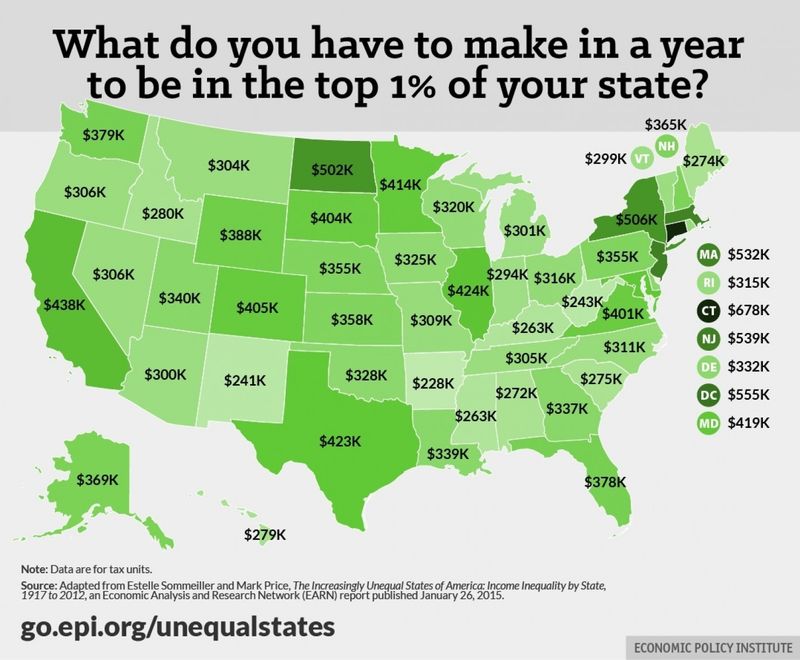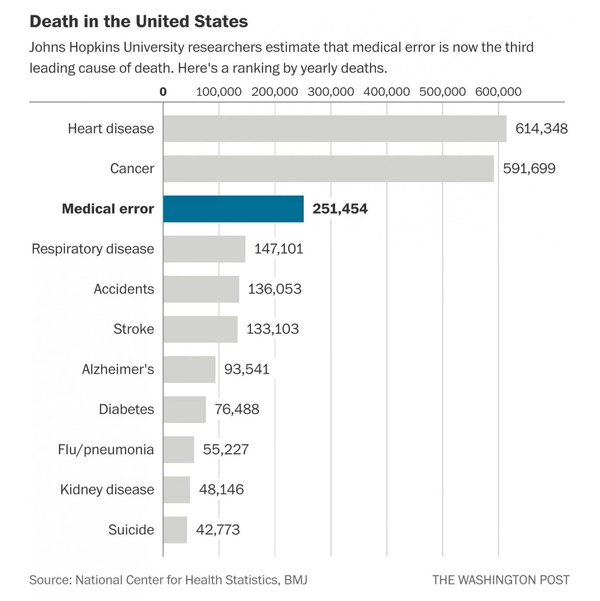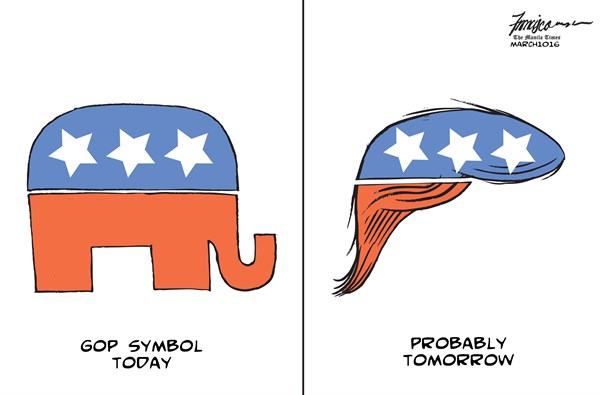I just got back from chairing and speaking at a Quant/Algo Trading Conference in Chicago. Very interesting!
While there, I met with Lewis Borsellino, a well-known S&P 500 and Eurodollar futures trader and author.
Here is a picture of him in the Pit, back in the day.
via TastyTrade.
In the mid-eighties, Borsellino claims to have been responsible for 10 percent of a day's volume in the S&P 500 pit and to have accumulated more fines for physical incidents than any other floor member at the CME.
We talked about how many of the advantages he had by being a big player in the trading pits are now being realized by algorithmic and high-speed traders. I smiled when he called himself the "original spoofer."
Here is a picture of him now.
Change is the only constant.
It's funny how despite the pace of change, so much stays the same.
The playing field may change, but you still have to play the game.






